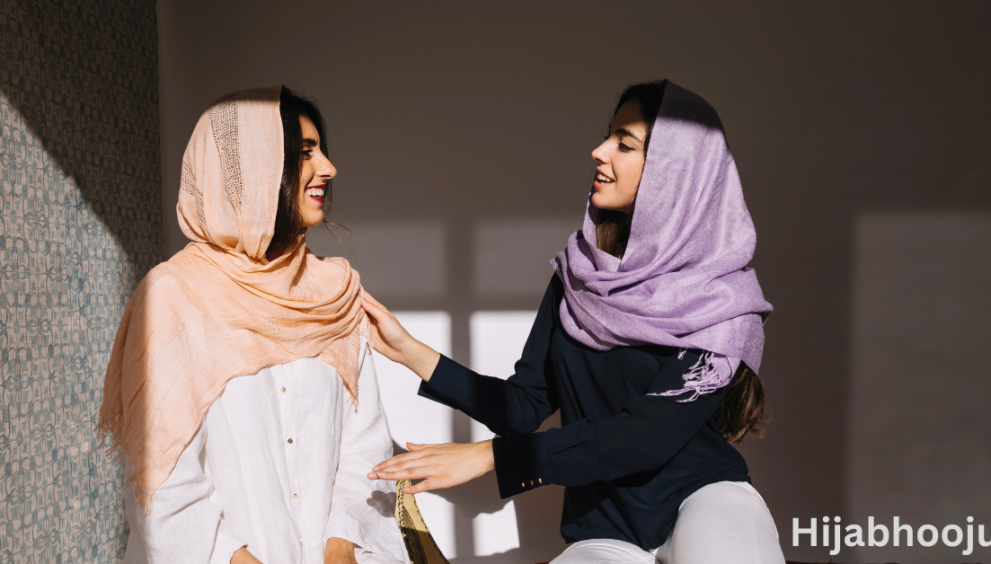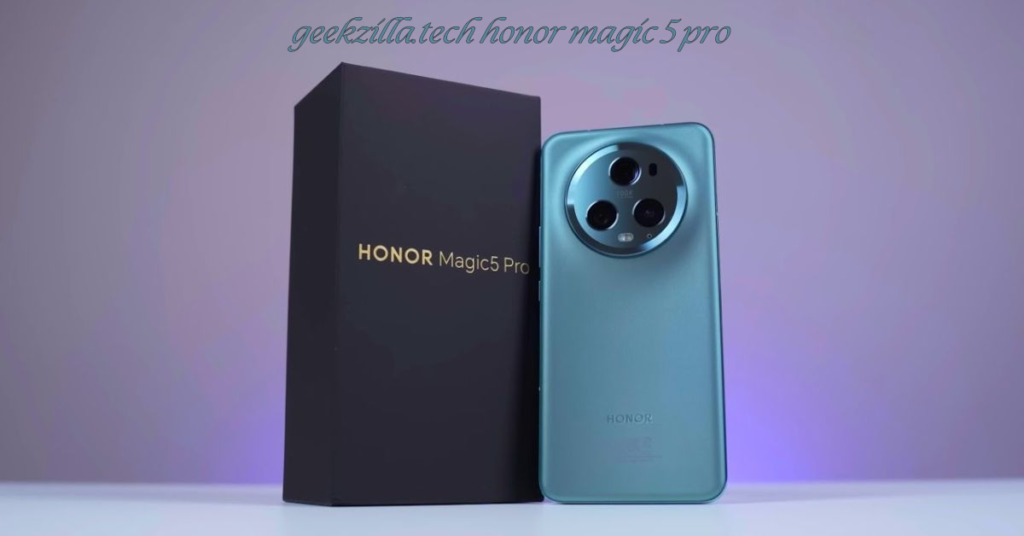Explore the differences between Hijabhoojup and Traditional Hijab

The hijab, a symbol of modesty and cultural identity, has evolved in various ways to accommodate contemporary lifestyles while still honoring traditional values. Among the modern iterations of the hijab is the Hijabhoojup, a new and innovative approach to modest wear. This article delves into a detailed comparison between Hijabhoojup and the traditional hijab, exploring their features, cultural significance, and practical benefits.
What is a Hijabhoojup?
Definition and Origin:
Hijabhoojup is a modern adaptation of the traditional hijab, designed to offer convenience and style in a rapidly changing world. It merges traditional modesty with contemporary fashion, catering to the needs of today’s active women. The term “Hijabhoojup” combines “hijab,” the Arabic word for modest covering, with “hoojup,” a creative twist that signifies its unique design and functionality.
Features of Hijabhoojup
- Material and Design: Hijabhoojup is often made from lightweight, breathable fabrics like jersey, chiffon, or bamboo blends. These materials are chosen for their comfort and versatility.
- Adjustability: One of the standout features of Hijabhoojup is its adjustable design, allowing wearers to customize the fit according to their preferences. This can include adjustable straps, elastic bands, or tie closures.
- Versatility: Hijabhoojup can be styled in various ways to suit different occasions, from casual daywear to formal events. It often includes features like built-in accessories or embellishments.
- Ease of Wear: Designed for busy lifestyles, Hijabhoojup is user-friendly and quick to put on, making it ideal for women on the go.
Traditional Hijab: An Overview
Definition and History
The traditional hijab is a time-honored garment worn by Muslim women as a sign of modesty and devotion. It covers the hair, neck, and sometimes the shoulders, leaving the face visible. The practice of wearing the hijab has deep roots in Islamic history and cultural traditions.
Features of Traditional Hijab
- Material and Design: Traditional hijabs are made from a variety of fabrics, including cotton, silk, and wool. The choice of material often depends on the climate and personal preference.
- Variety: Traditional hijabs come in numerous styles and variations, such as the square scarf, rectangular scarf, and shawl. The style may vary by region, reflecting local customs and preferences.
- Modesty and Culture: The traditional hijab is deeply intertwined with cultural and religious practices. It represents modesty and adherence to religious guidelines.
- Styling: Traditional hijabs are styled using pins, brooches, or simple knots. The styling can be both practical and decorative, reflecting personal and cultural expressions.
Comparative Analysis: Hijabhoojup vs. Traditional Hijab
Comfort and Practicality
- Hijabhoojup: Emphasizes comfort and ease of wear, incorporating modern materials that provide breathability and stretch. Its adjustable design enhances practicality for everyday use.
- Traditional Hijab: While often made from high-quality materials, traditional hijabs may require more effort to style and adjust. They may not always provide the same level of convenience as Hijabhoojup.
Fashion and Versatility
- Hijabhoojup: Offers a contemporary edge with its stylish designs and versatility. It often includes features like built-in accessories or fashionable elements, catering to modern fashion trends.
- Traditional Hijab: Generally adheres to classic designs and may be less versatile in terms of styling options. However, its timeless appeal remains a significant factor for many wearers.
Cultural Significance
- Hijabhoojup: Represents a blend of tradition and modernity, appealing to those who want to maintain modesty while embracing contemporary fashion. Its cultural significance may vary depending on personal and regional contexts.
- Traditional Hijab: Holds deep cultural and religious significance, representing a long-standing tradition of modesty and devotion. It is a key element in many cultural and religious practices.
Ease of Maintenance
- Hijabhoojup: Typically requires less maintenance due to its use of durable, easy-care fabrics. The design often minimizes the need for frequent washing or special handling.
- Traditional Hijab: Maintenance may vary based on the fabric used. Some materials require delicate care, which can be more time-consuming.
Cost and Accessibility
- Hijabhoojup: Generally priced higher due to its modern design and materials. Its cost may reflect the added features and convenience it offers.
- Traditional Hijab: Available at a wide range of price points, making it accessible to many. The cost often depends on the material and craftsmanship.
Personal Experiences and Testimonials
Hijabhoojup Users
Many women who have adopted Hijabhoojup appreciate its blend of style and functionality. Testimonials often highlight its ease of wear and modern appeal. Users report that it fits well into their busy lives, offering both practicality and fashion.
Traditional Hijab Wearers
Traditional hijab wearers often value its cultural and religious significance. They appreciate its timeless style and the sense of connection to their heritage. For many, the traditional hijab remains a cherished part of their daily attire.
Conclusion
The choice between Hijabhoojup and the traditional hijab ultimately comes down to personal preference and lifestyle. Hijabhoojup offers a modern, convenient alternative with contemporary features, while the traditional hijab maintains its cultural and religious significance. Both have their unique advantages, catering to different needs and preferences.
Whether you choose Hijabhoojup or the traditional hijab, both serve as important symbols of modesty and identity. As fashion continues to evolve, it’s essential to find a style that aligns with your values and enhances your everyday life.







